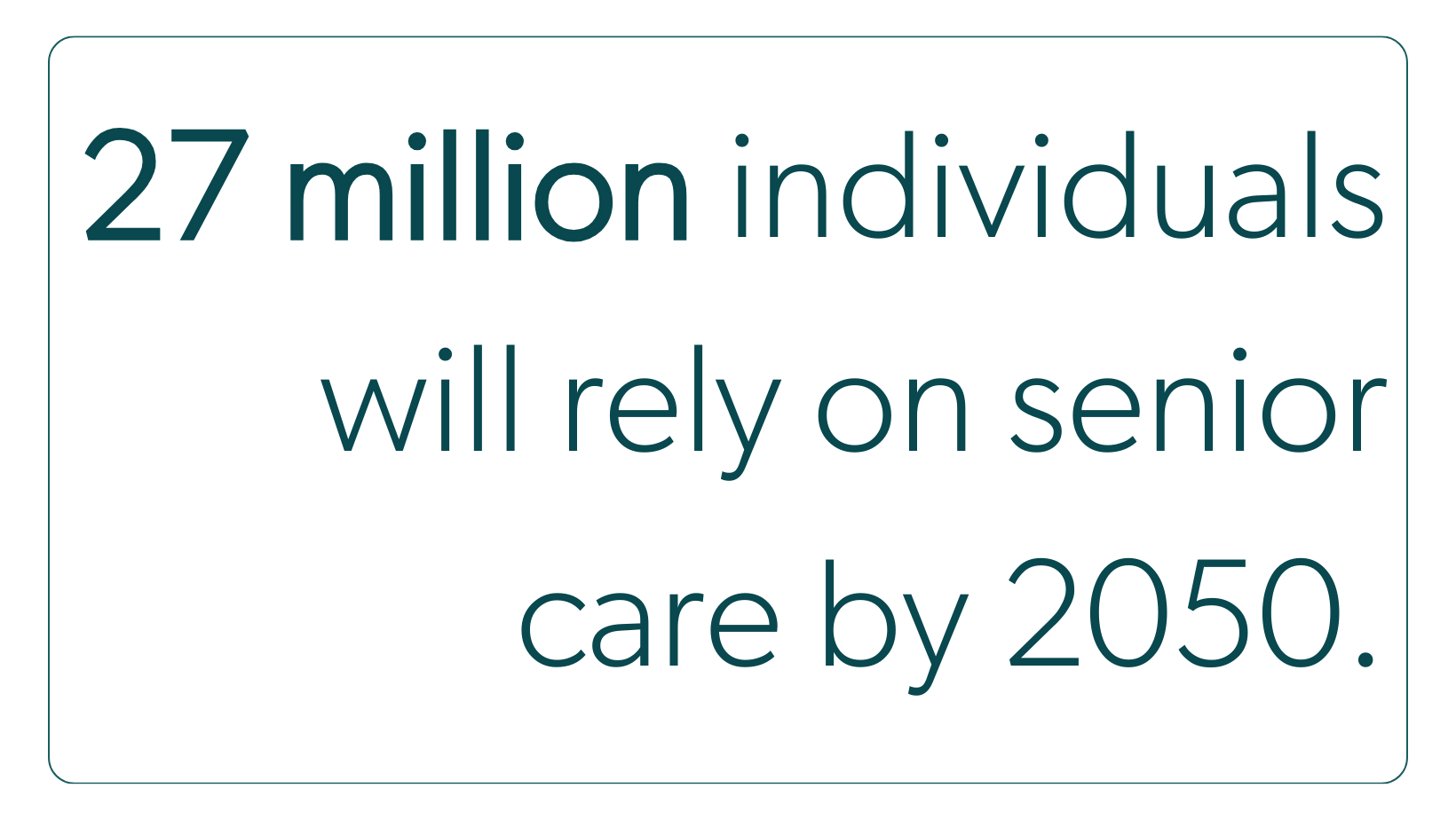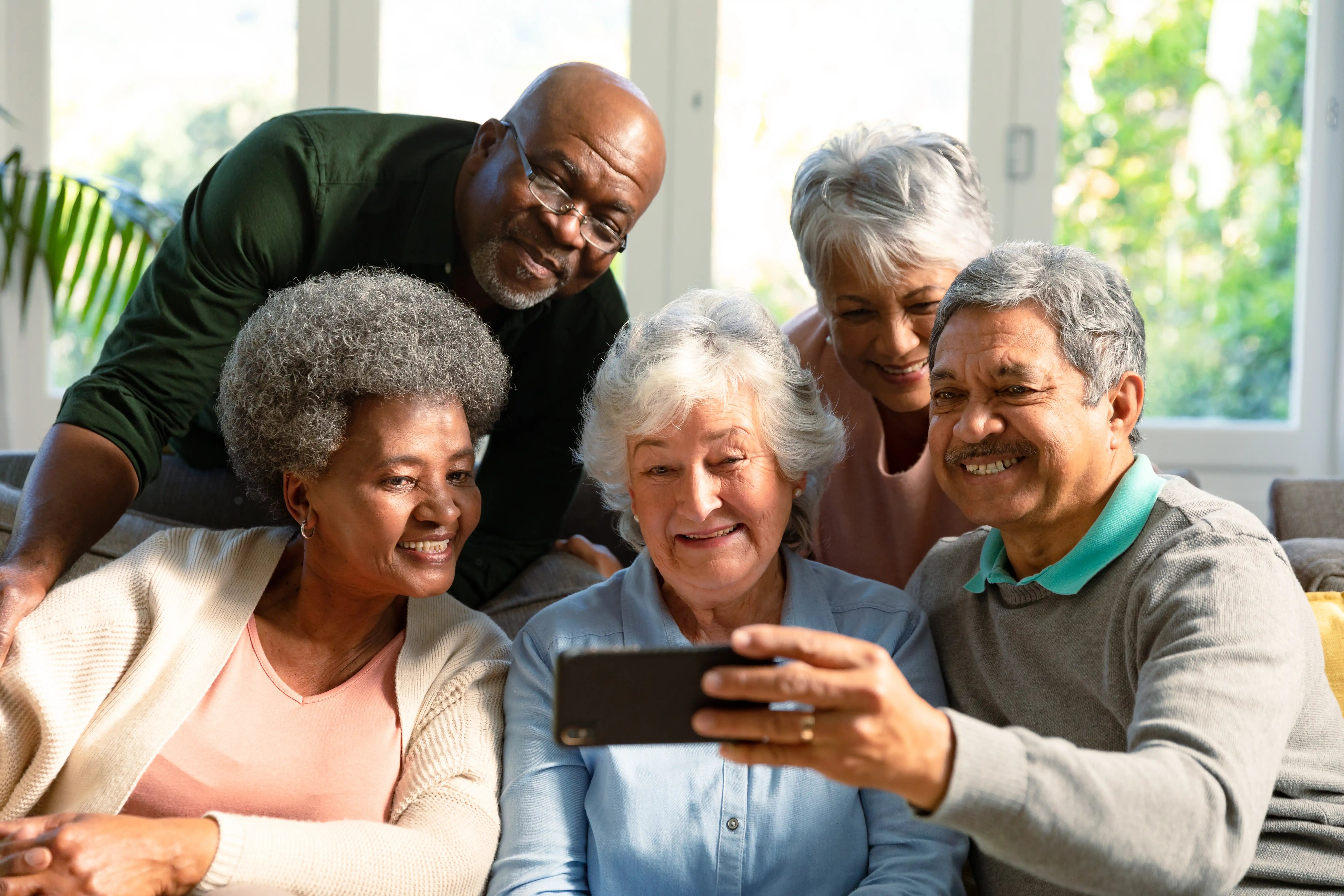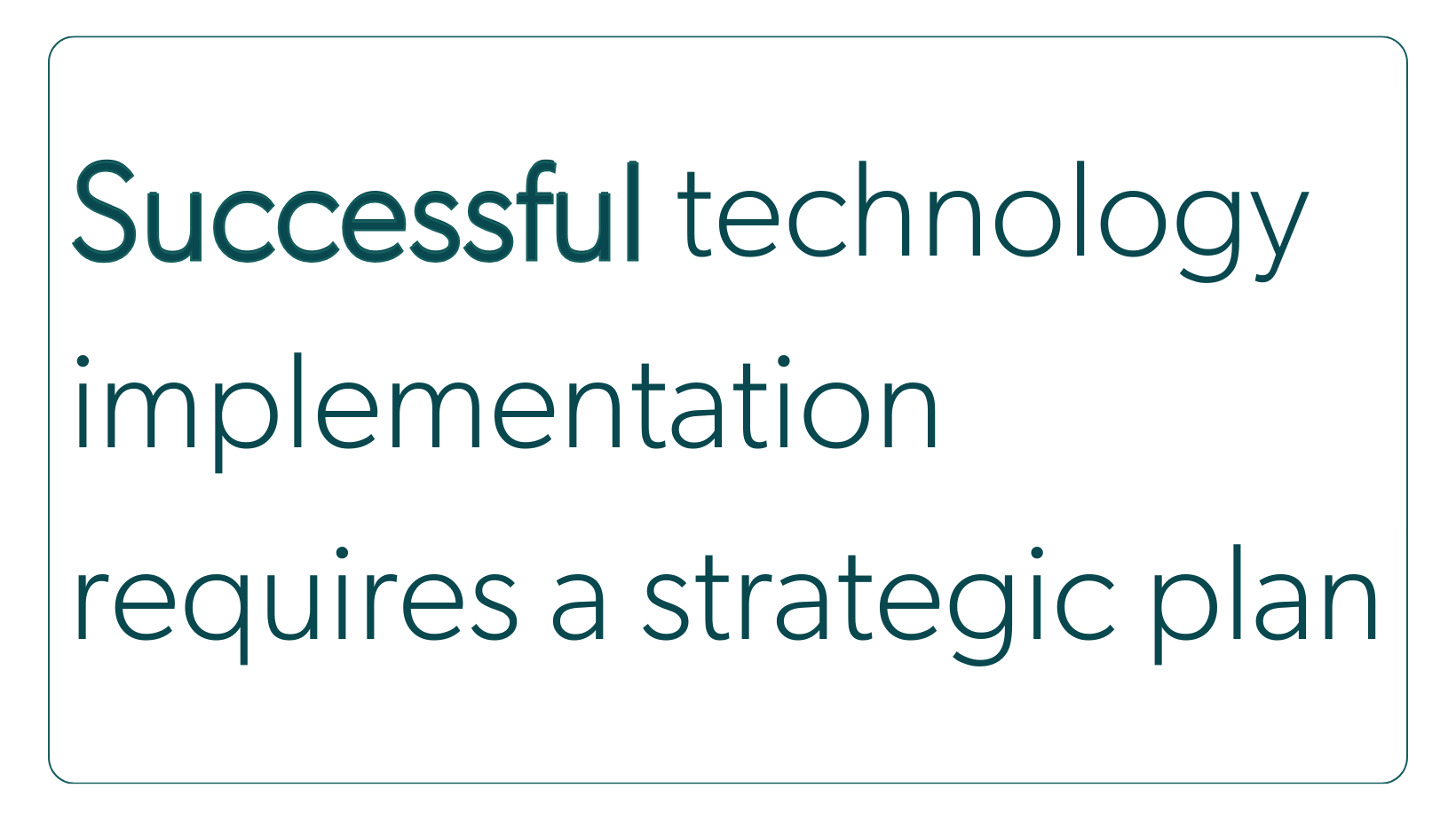The senior care industry has grappled with the rapid pace of technological advancements during the 21st century. However, there is a growing advocacy to embrace emerging senior health technologies to help revolutionize the long-term care sector.
According to a 2013 report by the United States Commission on Senior Care, the number of individuals relying on senior care is projected to soar to 27 million by 2050.
Similarly, baby boomers will reach age 65 or older by 2030, this has led the senior care sector to struggle to meet this escalating demand while maintaining a high level of care, and meeting government regulations.
This challenge is highlighted in a report published by Black Book Research. The report reveals that only 3% of inpatient senior care providers utilize data analytics technology to mitigate unnecessary readmissions and care costs.
Nevertheless, there is a silver lining as tech-savvy individuals within the senior living community advocate for the adoption of healthcare technology for aging. Many senior care providers now recognize the importance of embracing evolving innovations and digital solutions to reshape the senior care industry for the future.
 Making a pivotal shift
Making a pivotal shift
As the elderly population in North America continues to expand, it undergoes rapid transformation. The COVID-19 pandemic has underscored the pivotal role of healthcare technology for aging individuals in senior living.
According to research by AARP, as more Americans reach the age of 65 and older, four out of five baby boomers rely on technology to maintain connections with family and friends. The pandemic has further accelerated this trend, with older Americans increasingly embracing technology.
In 2020, tech spending among older Americans reached an all-time high. This surge in investment reflects a growing acceptance of tech solutions for senior living facilities, these can now be utilized for various purposes, including family interactions, health monitoring, telehealth consultations, and more.
Embracing next-gen health technologies
Smart devices
Technology is working to bridge the gap between generations as the world becomes increasingly interconnected. Gone are the days when the elderly felt isolated and disconnected from their loved ones.
With the help of smartphones and tablets, connecting with the family has never been easier. The possibilities are endless, from video calls to photo sharing and social media.
Of course, it can be intimidating for seniors new to this type of technology. However, newer models boast features such as talk-to-text and large screen format, making them more accessible to those with specific needs. There are even big-button smartphones designed for seniors with vision problems or arthritis.
At the same time, deaf and hard-of-hearing residents can use models designed to work with hearing aids or with a louder volume range.
Mobile applications
One of the many advantages of smart devices is the plethora of apps available for download. From magnifying glasses to audiobooks, seniors can access a world of information and entertainment at their fingertips. But the most significant is the video calling app, which allows seniors to connect with loved ones and stay engaged with their families.
Additionally, gaming apps like Sudoku and crossword puzzles are more than just entertainment. They help keep the brain active and slow down the onset of dementia, making smart technology for elder care a valuable tool in promoting cognitive health in seniors. The positive impact that this technology is having on the well-being and quality of life of elderly individuals is immeasurable.

Health and fitness trackers
Staying physically fit is a crucial aspect of overall general wellness. That's where health and fitness trackers come in. These sleek, handy little devices are easy to use and give an accurate picture of the wearer's progress. They're especially helpful for seniors who need to stay active to stay healthy. Fortunately, modern technology has made it easier than ever for seniors to track their daily activities, measure their progress and maintain their overall fitness.
And with the most popular trackers worn on the wrist, staying on top of health and well-being has never been simpler. The most popular trackers monitor things such as heart rate, sleeping patterns, daily steps, and health trends. Health and fitness trackers have evolved to accommodate a diverse range of lifestyles, with compatibility for both iOS and Android devices.
There are also models out there tailored to seniors' unique needs. These models provide thoughtful modifications such as large text screens and GPS tracking, ensuring users stay on track, and stay safe.
Wearable devices
New modern wearable devices now cater to the evolving needs of seniors. While old-fashioned medical alert systems only offer one function, the new wearables offer various options that enhance the quality of life for the elderly. Technology has truly revolutionized how we care for our aging population.
These innovative devices are equipped with features such as reminders for seniors to take their medication, detection of falls, tracking of daily habits, and even providing a direct line to emergency operators. This multi-functionality is a testament to the leaps in technological advancements aimed at elder care.
These wearables cater to tech-savvy seniors who want to stay healthy while having the freedom to explore life on their terms. For seniors, wearing one of these devices offers more than just functional benefits; it provides peace of mind. This sense of security is invaluable not only for the seniors themselves but also for their caregivers and loved ones.

Fall detection devices
Nowadays, fall detection devices have advanced to the point where they can identify and notify caregivers of falls without compromising privacy by using advanced technology and radio waves. These devices are usually wristbands, bracelets, and pendants that track body movements and position to detect falls and promptly send notifications to caregivers or first responders.
As the first few minutes after a fall can be crucial, and these devices help reduce the risk of complications and emotional distress by providing prompt medical assistance. Increasingly, waterproof wearable fall detection devices are on the rise, as more than a third of all falls occur in the bathroom. Overall, fall detection devices can provide peace of mind and safety for both seniors and caregivers.
Vital sign monitoring
Healthcare professionals often emphasize the importance of regular check-ups and screenings for maintaining our overall well-being. One crucial aspect they stress is monitoring the vital signs of seniors receiving long-term care. Diligent vital sign monitoring can significantly impact their health outcomes.
Vital signs, as the name suggests, are vital! They are the key to our lifeline. For example, monitoring an individual's heart rate, blood pressure, respiratory rate, and body temperature can provide a wealth of insight into their health. But why is introducing technologies like VitalLink so necessary in long-term care settings?
In long-term care, caregivers often encounter a range of chronic illnesses or debilitating conditions that require continuous supervision. For residents in these situations, changes in vital signs can indicate a possible progression or regression in their condition and may be the only discernible cue. Additionally, technologies that provide more accurate vital sign monitoring helps establish a baseline record for each resident, enabling healthcare professionals to quickly detect any abnormal deviations and promptly intervene.
The senior care industry faces a significant challenge in adopting new technologies that can improve the quality of care for elderly individuals. This challenge arises due to various factors, including a lack of familiarity with advanced technologies, concerns over the cost and effectiveness of new solutions, and the need for specialized training to incorporate these technologies into existing care practices. Despite these obstacles, senior care providers must overcome these challenges and embrace new technologies to ensure that their residents receive the best possible care in an increasingly complex and technology-driven healthcare landscape.
 Implementing Innovative Technology Solutions in Senior Care Facilities
Implementing Innovative Technology Solutions in Senior Care Facilities
To minimize friction and accelerate adoption, it is essential to develop a strategic plan that includes goals, objectives, processes, and the resources needed for successful implementation in senior care facilities. A meticulously laid-out strategy will serve as the roadmap for integrating cutting-edge solutions in a way that is both efficient and sensitive to the unique needs of elderly residents.
The successful integration of new technologies in senior care hinges on identifying key stakeholders, ensuring staff buy-in, developing comprehensive training and standard operating procedures (SOPs), and closely monitoring system performance. Key stakeholders, including healthcare providers, caregivers, residents, and their families, play a pivotal role in the practical application and acceptance of technological innovations. Garnering staff support through effective communication and pilot testing is critical for easing the transition and fostering a positive attitude toward these changes. Developing SOPs establishes clear guidelines for technology use, while continuous performance monitoring ensures the technologies meet their intended goals, ultimately enhancing the quality of care for seniors.
As the baby boomer generation ages, there is an increasing presence of tech-savvy individuals within senior care populations. This demographic shift presents a prime opportunity for senior living providers to weave digital technology solutions into the very fabric of senior care. By capitalizing on this trend, senior care facilities can not only seamlessly incorporate innovative technologies into their care protocols but also significantly enhance the quality, safety, and well-being of the elderly residents under their care.